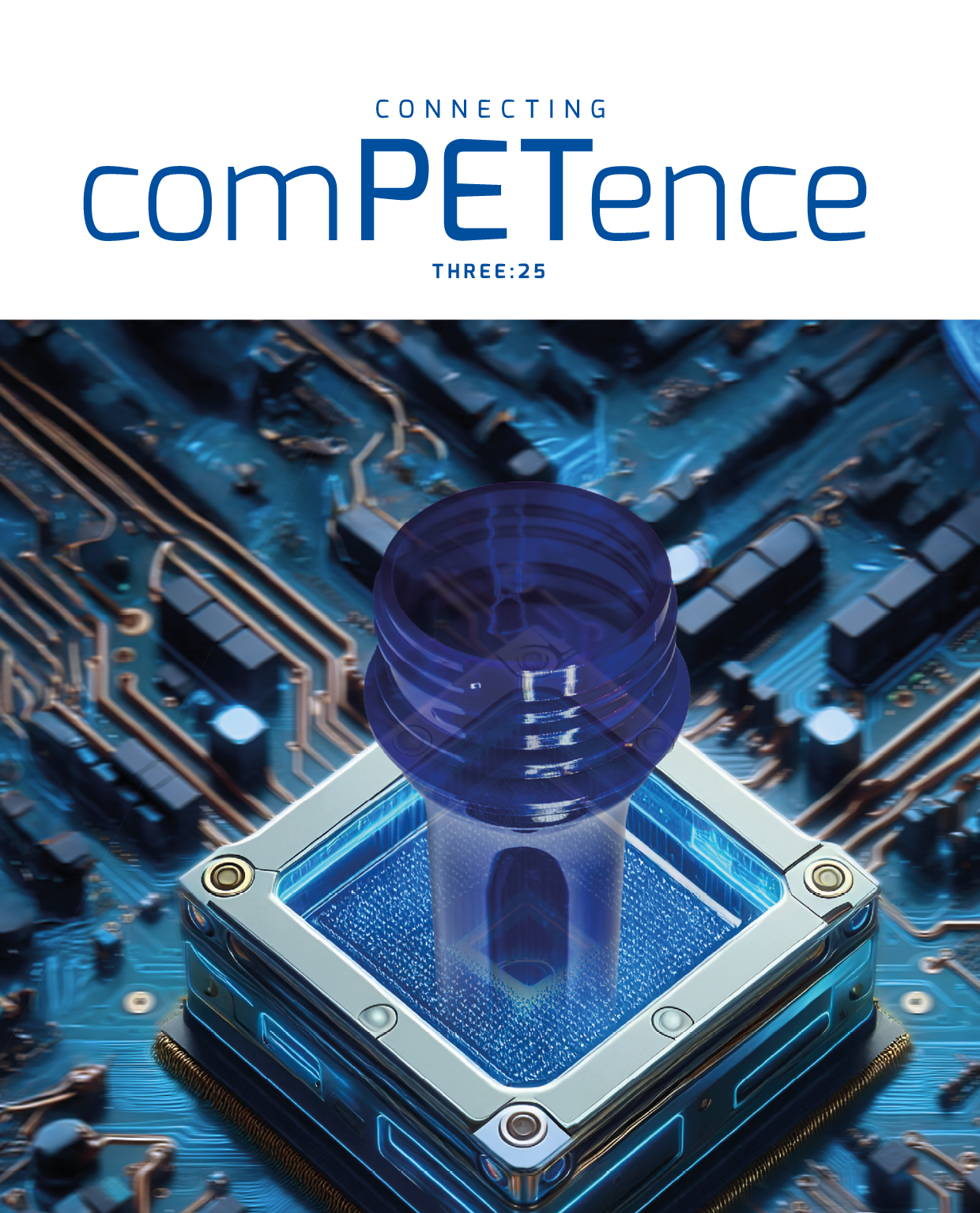More than 500 of the most influential organizations globally have committed to roughly the same goals adopted from the Ellen MacArthur Foundation’s vision for a circular economy. The bottom line: “By 2025, 100% of packaging should be recyclable, compostable, or reusable.” Some companies have also set their own goals. But 2025 is less than two years away, and in order to meet those goals, serious investment is needed now.
Packaging producers need to start investing and trialing now
According to Jim Owen, Plastic Packaging Senior Analyst for Rabobank in North America, some of the investments and trials that packaging producers need to start working on now in order to prepare for the (near) future, include:
- Having well-funded R&D departments that can articulate all the trade-offs, specify material and equipment needs, and begin understanding the implications for shelf life.
- Establishing partnerships with recyclers and resin processors and investing in recycling (both advanced and mechanical) to ensure one’s own steady stream of recyclates.
- Educating consumers on packaging and adhering to How2Recycle guidelines, in order to achieve higher recycling rates and greater access to recycled content.
- Discontinuing investment in outdated materials, working toward simplification with attention to end-of-life value.
- Being a part of extended producer responsibility (EPR) bill formation.
A large amount of recyclable waste never gets recycled
While recycling infrastructure and volumes have increased in Europe and North America in recent years, a large amount of recyclable waste never reaches recycling plants and ends up in landfills or incineration plants for energy recovery. “In the US, an average of 13.3% of plastic packaging waste was recycled in 2021, while in the EU, an average of 38% of plastic packaging waste was recycled in 2020,” explains Regina Mestre, Plastic Packaging Analyst for Rabobank in Europe.








